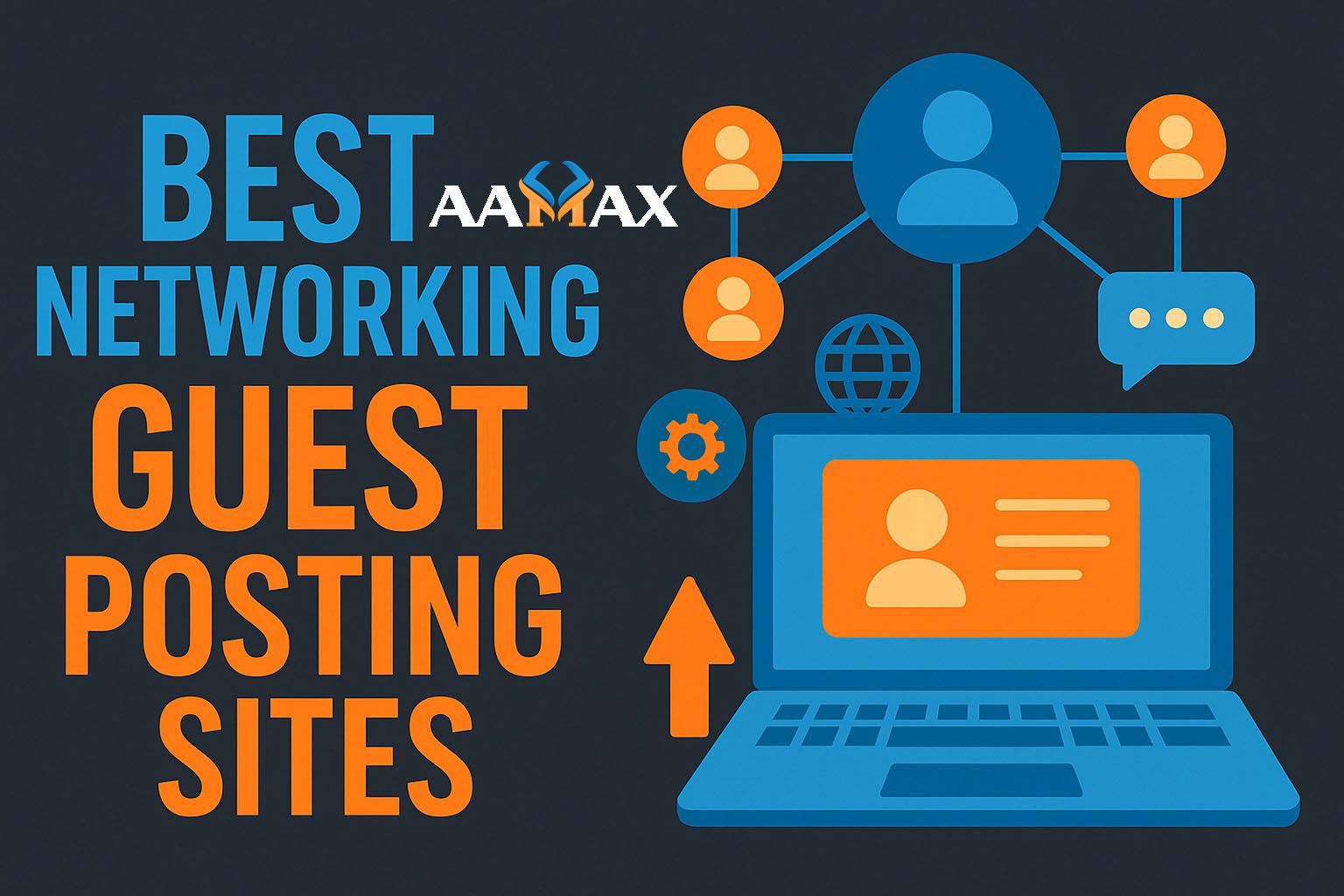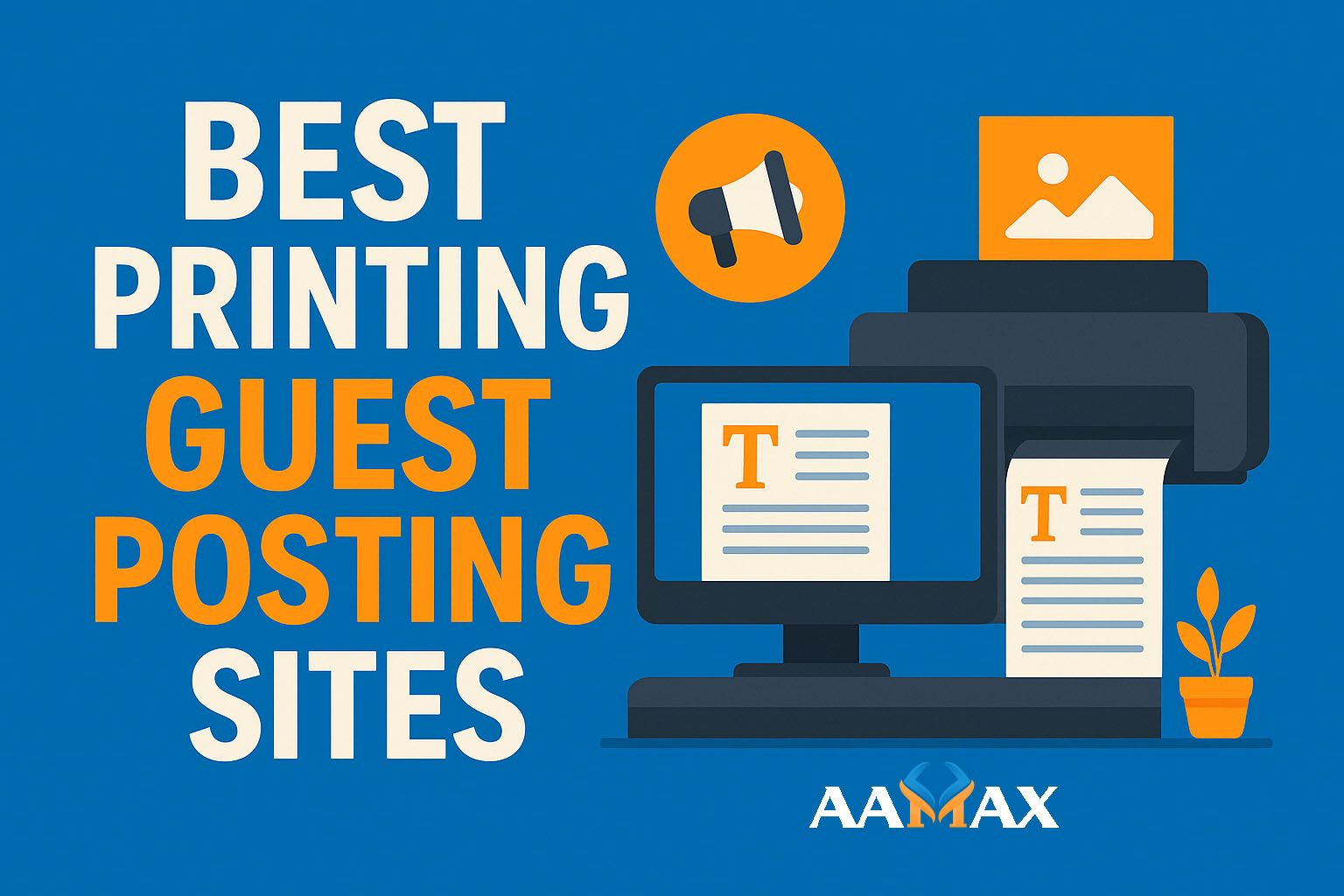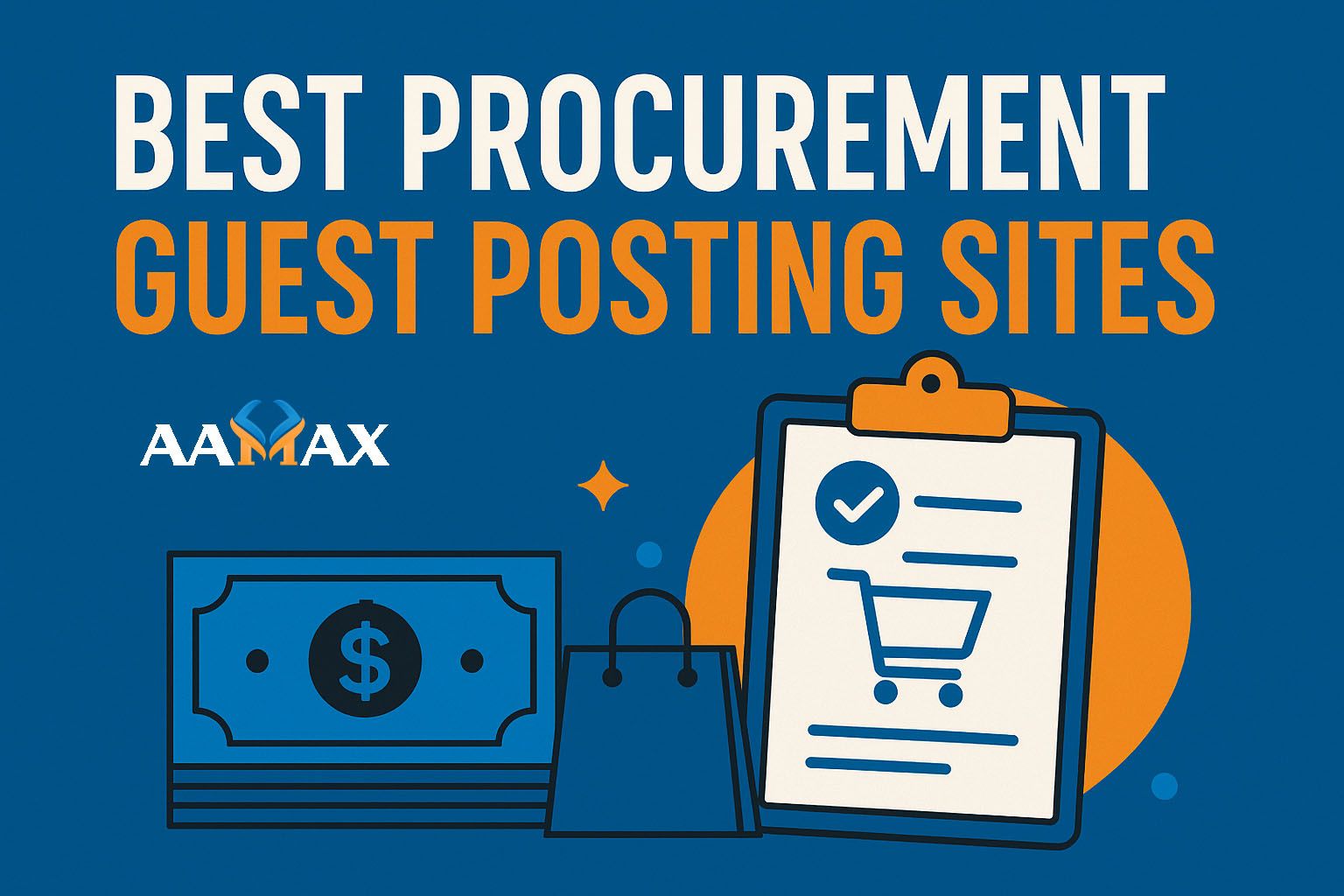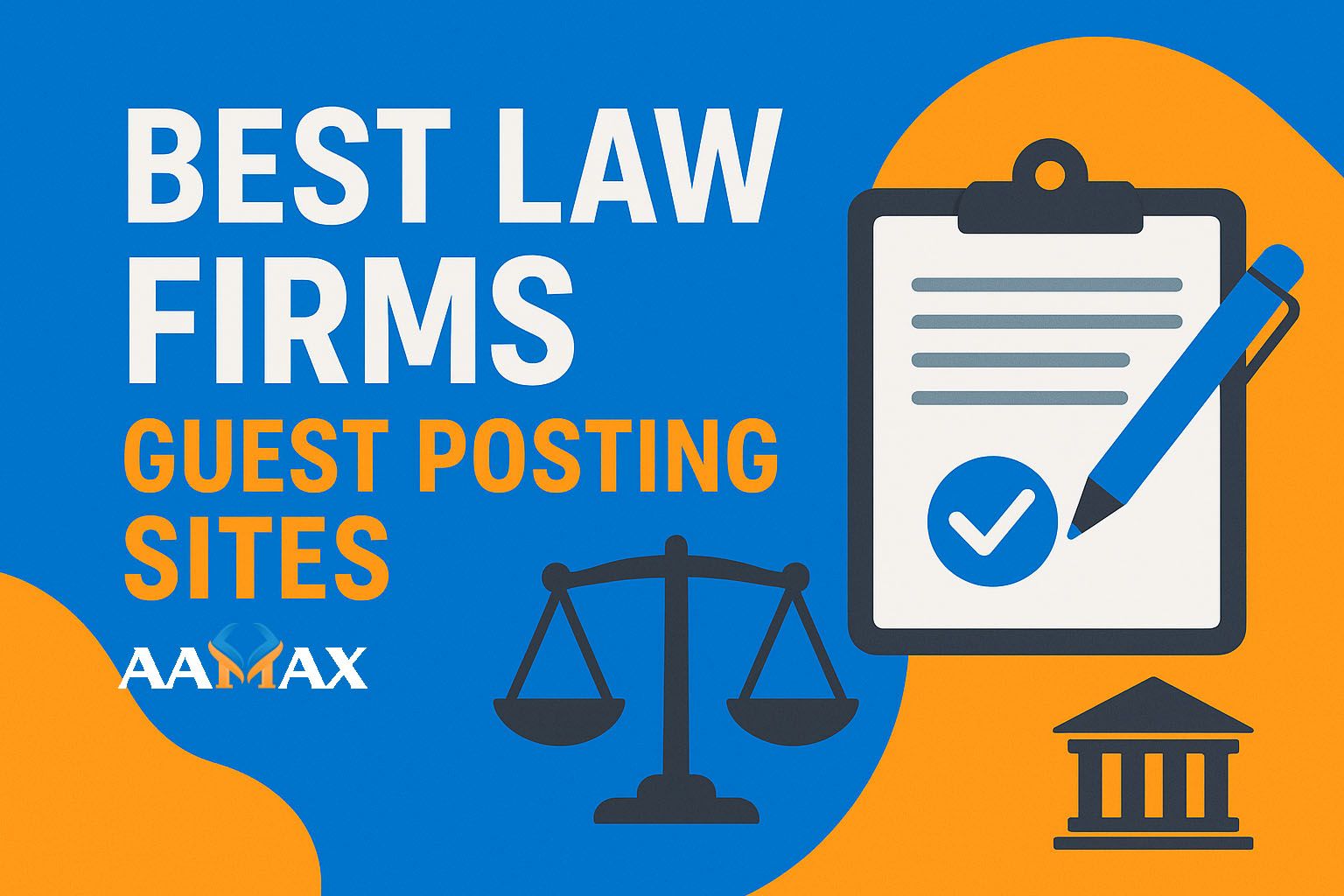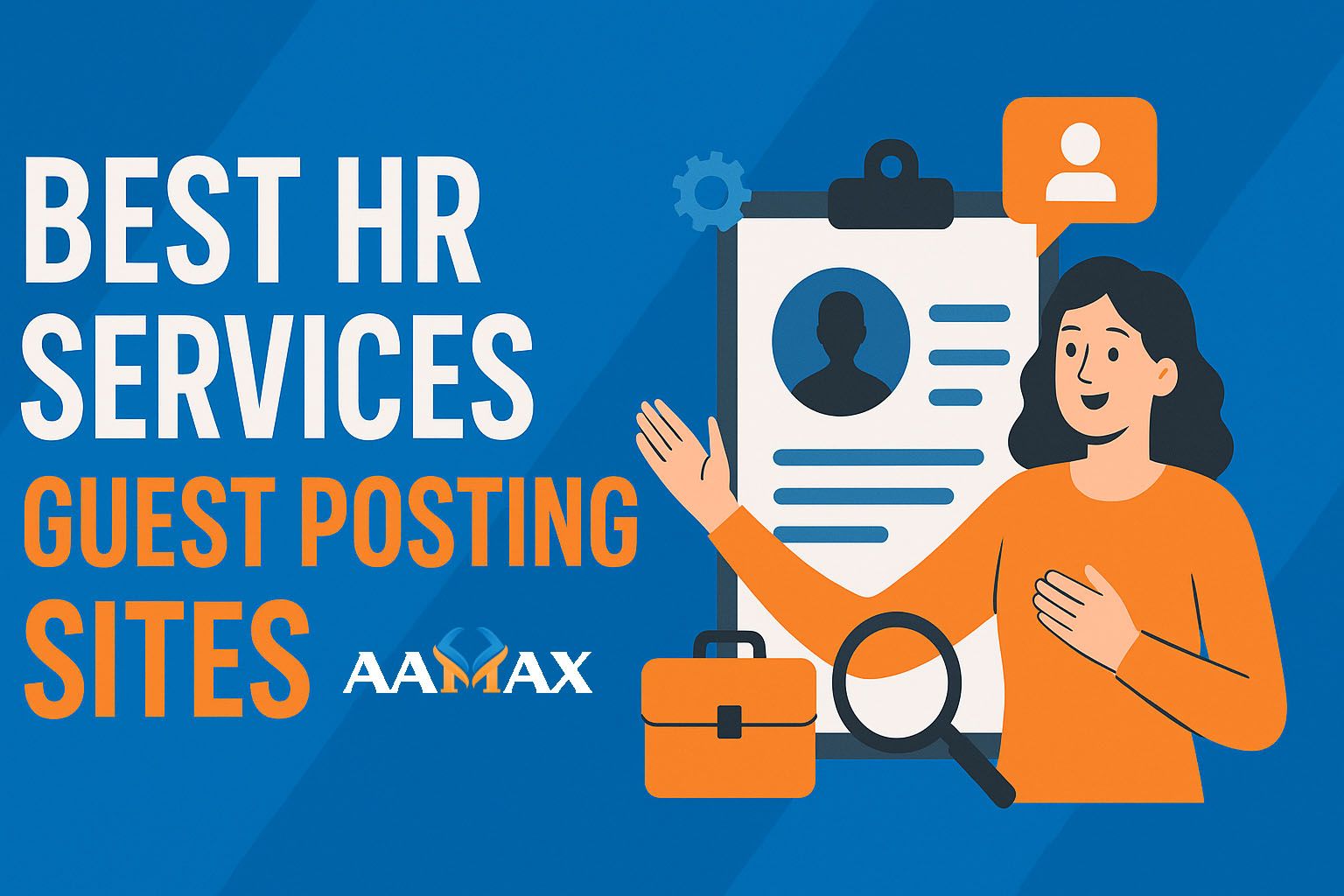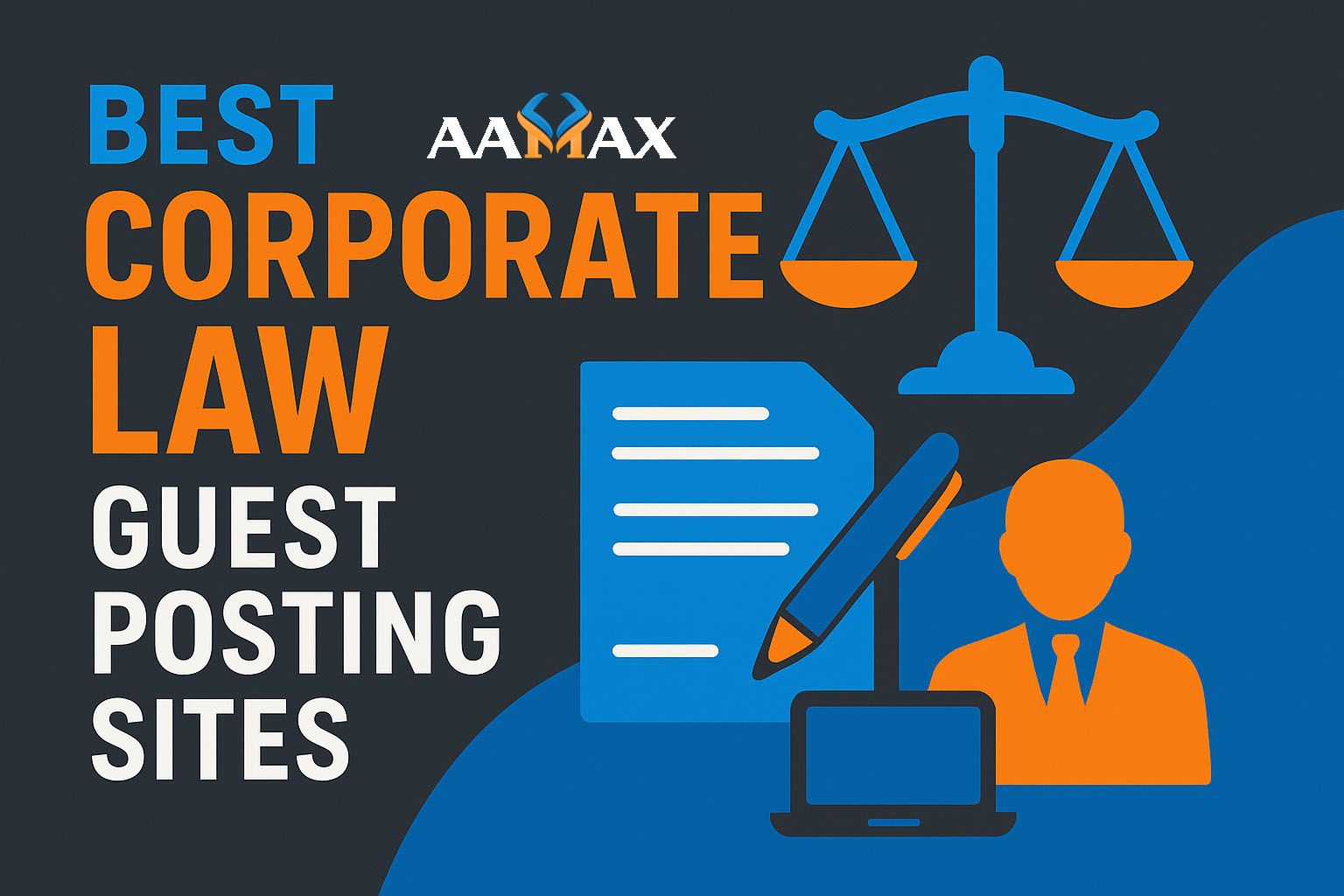
What Is a Web Crawler? (And How It Works)
In the vast digital world, where billions of web pages exist, how do search engines like Google, Bing, and Yahoo keep track of everything? The answer lies in a crucial piece of digital infrastructure: the web crawler. In this guide, we’ll explore what a web crawler is, how it works, why it matters for your website, and how it relates to Search Engine Optimization (SEO).
Understanding the Basics: What Is a Web Crawler?
A web crawler (also known as a spider, spiderbot, or simply crawler) is an automated bot used by search engines to browse the internet in a methodical, automated manner. Its primary job is to visit websites, read the content on them, and index that information for the search engine’s database.
Think of a web crawler as a digital librarian, tirelessly scouring the internet and cataloging information so that it can be retrieved efficiently later on.
Why Web Crawlers Are Important
Web crawlers are foundational to how search engines function. Without them, it would be impossible to provide relevant and up-to-date search results. Here's why they matter:
- Indexing Content: Crawlers collect and organize web content to build search engine indexes.
- SEO Rankings: They analyze site content, links, and metadata, all of which influence how pages are ranked.
- Discovering Updates: Crawlers revisit pages to find new or updated content and ensure the index remains current.
- Website Discovery: They follow links from known pages to discover new sites and pages.
How Do Web Crawlers Work?
1. Starting Point (Seed URLs)
Web crawlers begin with a list of known web addresses known as seed URLs. These could be popular websites or domains that the search engine already trusts.
2. Fetching and Reading Content
The crawler sends an HTTP request to the server to fetch the page’s HTML content. Once retrieved, it analyzes:
- Text content
- Metadata (title tags, meta descriptions)
- Internal and external links
- Alt text of images
- Robots.txt file (more on this later)
3. Following Links
Once a page is crawled, the crawler follows the hyperlinks on that page to discover more URLs. This process continues recursively, allowing the crawler to expand its reach exponentially across the web.
4. Obeying Robots.txt
Most websites include a robots.txt file that gives instructions to crawlers about which pages or directories should or should not be crawled. For example:
User-agent: *
Disallow: /private/
This tells all crawlers not to access the /private/ directory.
5. Indexing the Data
Once a page is crawled, its content is parsed and indexed. The index is like a massive library catalog that stores every word on every page a crawler has visited. This allows the search engine to pull relevant results quickly when a user performs a search.
Types of Web Crawlers
General Crawlers
These are used by search engines like Google, Bing, and Yahoo to index the public internet.
Focused Crawlers
These bots only search for specific topics or niches. For instance, a crawler built to find only recipe blogs or financial news.
Incremental Crawlers
These bots are optimized to update only new or recently changed content rather than re-crawling everything from scratch.
Deep Crawlers
They are built to go deep into the site’s link structure, crawling hundreds or even thousands of levels down into a domain.
Challenges for Web Crawlers
Despite their automation and speed, web crawlers face several challenges:
- Duplicate Content: Many sites use templates or similar content across pages.
- Dynamic Content: JavaScript-heavy sites can be difficult to parse.
- URL Parameters: Session IDs or filters can create thousands of unique URLs.
- Crawler Traps: Infinite loops or calendar pages can waste crawler resources.
How Web Crawlers Affect SEO
If your site is not crawlable, it won’t be indexed—and if it’s not indexed, it won’t appear in search results. Here's how to ensure your site is crawler-friendly:
1. Submit a Sitemap
A sitemap is an XML file listing all your website's important pages. Submitting it to Google Search Console or Bing Webmaster Tools helps crawlers find your content efficiently.
2. Optimize Internal Linking
Internal links help crawlers navigate your site. Make sure your important pages are not more than three clicks away from the homepage.
3. Use Clean URLs
Avoid long, complex URLs with unnecessary parameters.
4. Avoid Duplicate Content
Use canonical tags to point to the preferred version of a page.
5. Mobile Optimization
Google crawls mobile-first. Ensure your mobile site is responsive and fully crawlable.
6. Monitor Crawl Errors
Use tools like Google Search Console to check crawl stats and fix issues like broken links or server errors.
Popular Web Crawling Platforms & Tools
If you want to analyze or simulate what search engine crawlers see, these tools can help:
1. Googlebot
Google’s own web crawler. It updates Google's search index continuously.
2. Screaming Frog
A popular SEO tool that crawls websites to analyze technical and on-page SEO.
3. AhrefsBot
Ahrefs uses this crawler to collect backlink and SEO data.
4. SEMrushBot
Used by SEMrush to collect website information for SEO analysis.
5. Bingbot
Microsoft’s version of Googlebot, it powers Bing's search index.
6. Moz’s RogerBot
The crawler used by Moz to build its search engine ranking metrics.
Web Crawler Use Cases Beyond SEO
While primarily associated with search engines, web crawlers have various other uses:
- Price Monitoring: Retailers track competitors’ prices.
- Content Aggregation: News and media companies use crawlers to gather updates from various sources.
- Market Research: Businesses collect data for trend analysis.
- Academic Research: Crawlers gather information for research and publication.
- Compliance & Monitoring: Brands ensure their content is not misused or plagiarized.
Ethical Considerations
Crawling must be done responsibly. Overloading a site’s server with too many requests can harm its performance. Ethical crawlers obey rate limits and honor robots.txt instructions.
Additionally, not all content is meant to be scraped. Legal and privacy considerations apply, especially for data protected by copyrights or regulations like GDPR.
Conclusion
Web crawlers are essential tools that make the internet searchable and usable. They connect users with relevant information and empower search engines to deliver accurate results. For businesses, understanding how web crawlers work is key to optimizing your site for visibility, traffic, and growth.
Whether you’re building a new site or improving an existing one, ensuring crawlability is foundational to your digital marketing success. If you need expert help optimizing your website for search engines or managing your digital presence, consider hiring AAMAX for professional web development, SEO, and digital marketing services.
With a deep understanding of technical SEO, AAMAX ensures that your content is not just visible but also ranks high where it matters most—in front of your target audience.

